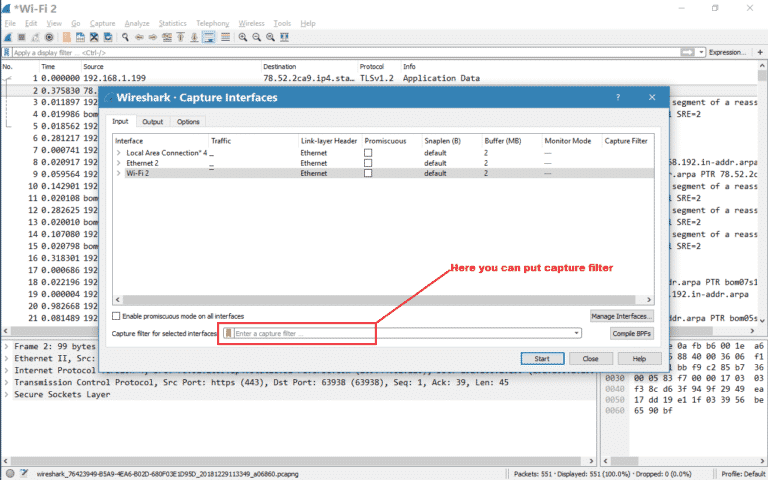

If this is a concern, then it is recommended that you use a port mirror on the switch or use a network tap to capture data. The device is going to give higher priority to delivering the packets than capturing them. Keep in mind that captures from Meraki equipment aren't always going to display 100% of the packets that pass the device. Many times Wireshark can show the server admin that it is, in fact, NOT a network issue, but an issue where the server simply isn't responding to traffic that it's being sent. This guide is going to be diving into some (but not all) moderate to advanced Wireshark filters that can be used to help troubleshoot and narrow down the issue. For a quick rundown of how to get started, refer to the articles below. Meraki provides ample opportunity to gather data through packet capture. This translates to "pass any traffic except with a source IPv4 address of 10.43.54.65 or a destination IPv4 address of 10.43.54.65".Network troubleshooting can be difficult and time-consuming to narrow down issues as they come up, and at some point, everyone will blame the network. One of the best tools that you can utilize is Wireshark, a free and open-source program. This translates to "pass all traffic except for traffic with a source IPv4 address of 10.43.54.65 and a destination IPv4 address of 10.43.54.65", which isn't what we wanted. Filter out any traffic to or from 10.43.54.65 The same is true for "tcp.port", "udp.port", "eth.addr", and others. For example, "ip.addr" matches against both the IP source and destination addresses in the IP header. This translates to "pass any traffic except with a source IPv4 address of 192.168.65.129 or a destination IPv4 address of 192.168.65.129"ġ5.Some filter fields match against multiple protocol fields.

TCP buffer full - Source is instructing Destination to stop sending data tcp.window_size = 0 & != 1ġ3.Filter on Windows - Filter out noise, while watching Windows Client - DC exchanges smb || nbns || dcerpc || nbss || dns Show only traffic in the LAN (.x), between workstations and servers - no Internet: ip.src =192.168.0.0/16 and ip.dst =192.168.0.0/16ġ2.

Show only SMTP (port 25) and ICMP traffic: tcp.port eq 25 or icmpġ1. Display http response code of 200 in network traffic = 200ġ0. Show traffic which contains google tcp contains googleħ. display all protocols other than arp, icmp and dns !(arp or icmp or dns)Ħ. Display traffic with source or destination port as 443 tcp.port = 443ĥ. Display tcp and dns packets both tcp or dnsģ.


 0 kommentar(er)
0 kommentar(er)
